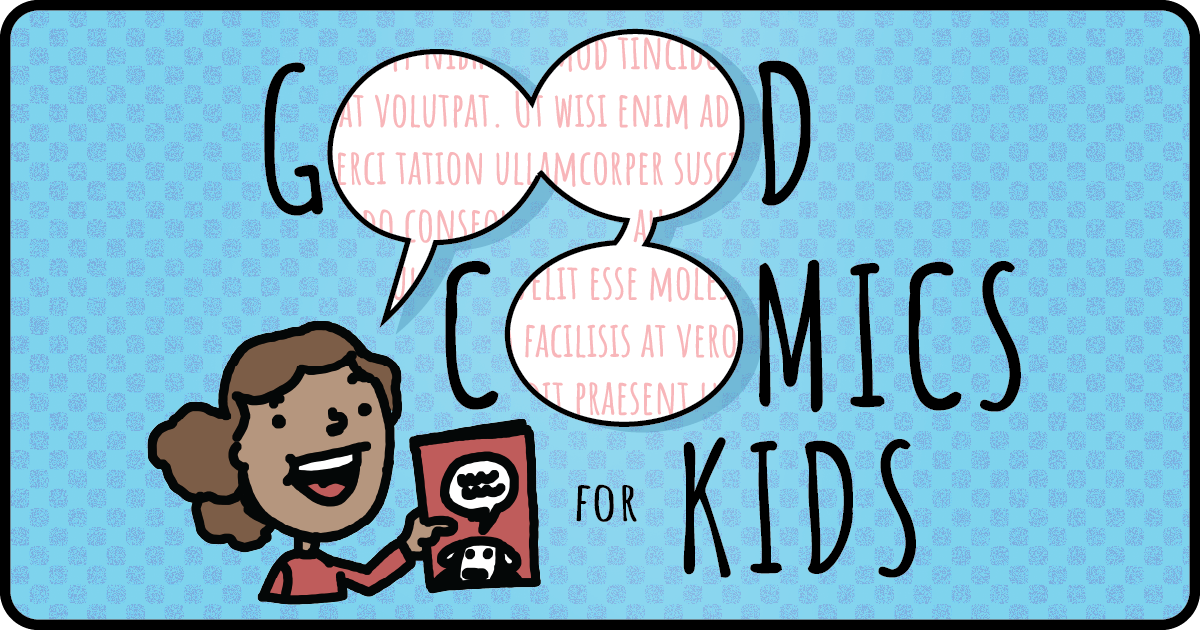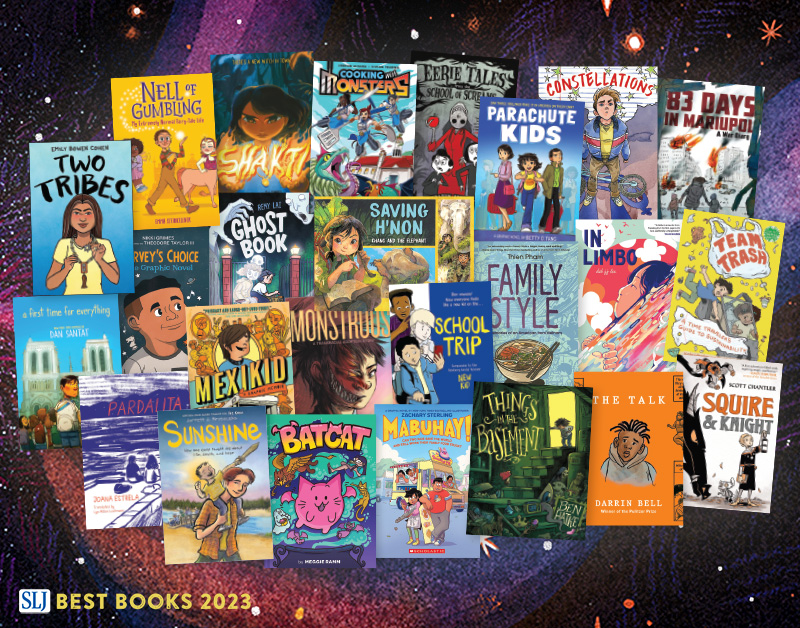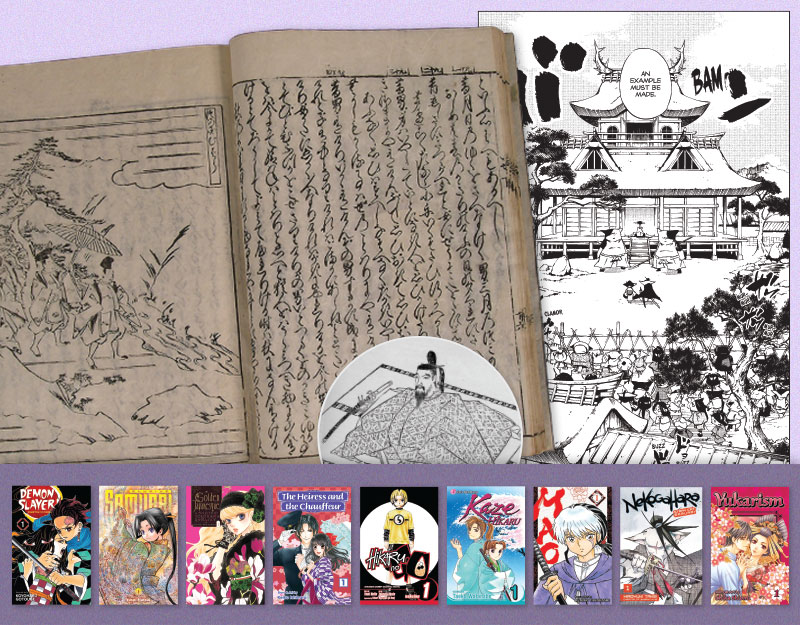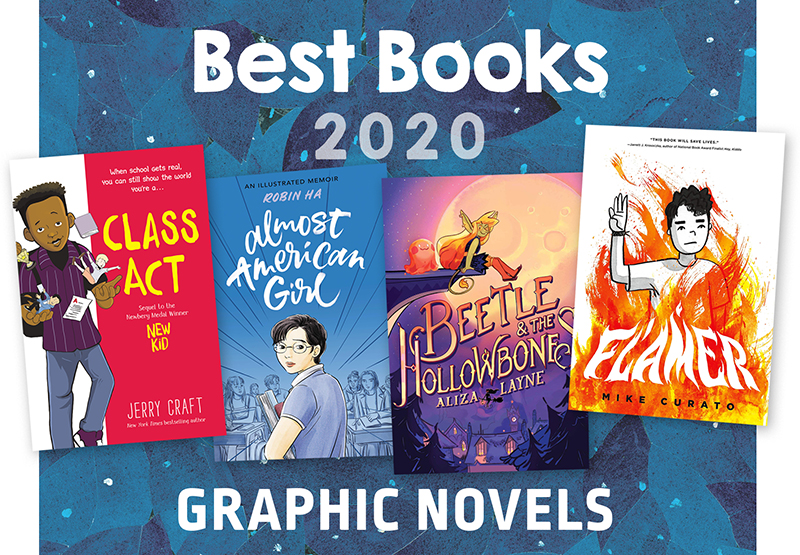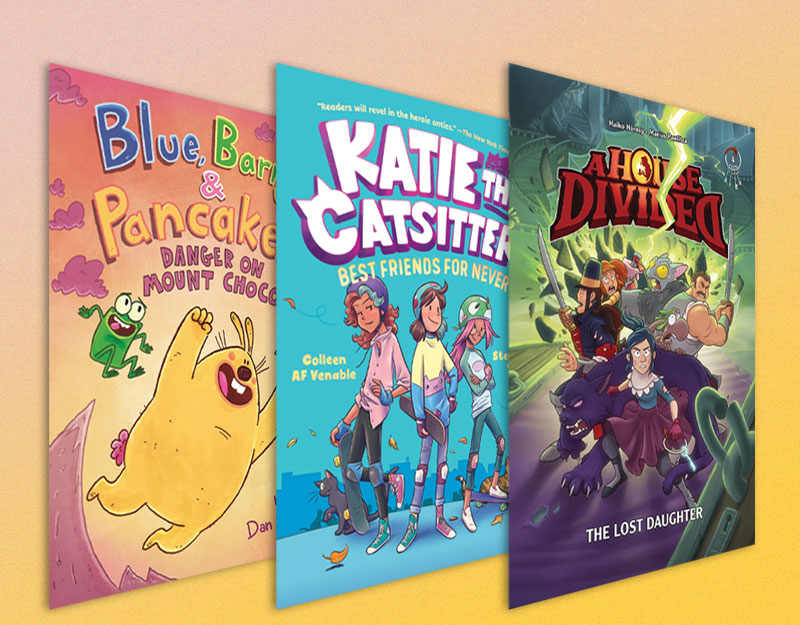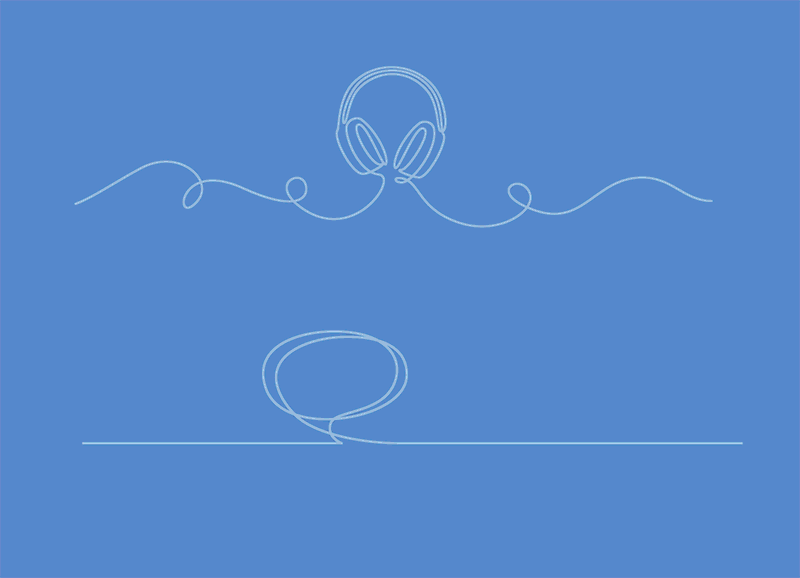Review Chat: Princess Princess Plus and Train Train
Digital Manga Publishing (DMP) has long been known for its yaoi titles published under the Juné and 801 Media lines. Yaoi is the term for romances written by women for women, but featuring a relationship between two men. Usually in the United States yaoi is used to mean the more explicit stories, whereas the term boys’ love is used for the lighter, less explicit titles. Several of the Juné titles are rated 16+ and are appropriate for inclusion in most public library settings, including the popular and well-crafted Only the Ring Finger Knows written by Satoru Kannagi and illustrated by Hotaru Odagiri. This month DMP launched a brand new imprint, Doki Doki. According to their website, “the DokiDoki line is essentially "The Gateway from Shojo to Yaoi," with stories varying between shojo and shonen-ai to yaoi, and will be for ages anywhere from 13+ to 18+.” Eva Volin and I thought that it would be interesting to look at the first two Doki Doki titles and see what we thought.
Princess Princess Plus
Mikiyo Tsuda
Age Rating: 16+
Doki Doki Books/Digital Manga Publishing
April 2009, ISBN: 978-1-56970-090-7
200 pages, $12.95
The princesses are back in the follow-up volume to Tsuda’s five volume series Princess Princess (released by Juné). At Fujimori Academy there is a tradition of having freshmen boys act as princesses. They dress up and cheer for the sports teams or at pep rallies to help add a little femininity to this all-boys school. This year Kiriya Matsuoka and Tomoe Izumi have been selected as princesses, but they aren’t getting along and that threatens the sanctity of the princess tradition. Can three former princesses help mend the rift and save the princesses’ year?
ADVERTISEMENT
ADVERTISEMENT
Train Train, vol. 1
Eiki Eiki
Age Rating: 16+
Doki Doki Books/Digital Manga Publishing
April 2009, ISBN: 978-1-56970-096-9
184 pages, $12.95
Asahi Saruta has always dreamed of being a train operator, just like his dad. Now that he’s eighteen, he’s gotten assigned to work at Minami-Kitazawa Station, learning the ropes of making sure the trains run smoothly and on time. But Minakita, as the station is known, has a reputation for more than just good customer service. All the guys working there are super good-looking…and super weird. Asahi’s dream may end before it has even begun!
Snow: I thought we could talk about Princess Princess Plus by Mikiyo Tsuda first, since it is part of a series that has already been released.
Eva: I know you were a fan of the original series…
Snow: Yep!
Eva: While I’d only ever read the first volume of Princess Princess and didn’t feel the need to go on.
Snow: Why not?
Eva: You have a much higher tolerance for silly plot-what-plot stories than I do.
Snow: Well, that is true.
Eva: I didn’t think the original story was bad. It just wasn’t a story written for me, if that makes sense. I’m wondering if you feel, as a fan of the original, that younger readers or readers new to the series need to have read the original series to be able to understand what’s going on in Princess Princess Plus.
Snow: Hmm…That’s a hard question. Because I am a series purist, I need to read stuff in order or I get very frustrated and I was bothered that I didn’t have time to re-read Princess Princess vols. 1-5 before I picked up Princess Princess Plus. But once I started reading, I found that all of the characters and silliness came back to me and I wasn’t lost at all. Now on the other hand, my teens at work seem to be much less bound by the need to read stuff in order. So I think that they wouldn’t be as bothered by the fact that Princess Princess Plus is technically volume six. I do think that they would want the other volumes in the series once they’d read this one, though. If they like the humor and the silliness, then they’ll be eager to read the rest. Did you find the volume hard to read, not having read the entire series?
Eva: No, but I’ve also read enough shojo manga to quickly recognize the different character types. So I didn’t need a lot of explanation to know that the class president/former princess was a schemer, that his henchmen/sidekicks would have quirks, etc. I suspect it would be easy for anyone who has read at least a few shojo stories to understand. There’s enough back-story given.
Snow: Do you think it works as shojo? Most American shojo readers are, I think, used to reading stories with girls as the main protagonists, though that is beginning to change. Do you think they’ll still be eager to pick up an all-boy story, even if it isn’t yaoi?
Eva: I don’t know that they’d even notice it’s an all-boy story until they’re well into the book. The character designs are very shojo and female manga fans won’t be strangers to the idea of cross-dressing or gender-bending, as those are familiar tropes in manga aimed at girls. I can see this being very popular with younger teens. This volume is rated 16+, are the other four volumes rated the same?
Snow: Yes, there’s language and some nudity (boys picturing girls naked) and a lot of jokes about the boys possibly being in love with each other.
Eva: I don’t remember anything in this volume that required the higher rating. What am I forgetting?
Snow: I’d say that the 16+ rating for this volume comes from the former princess’ belief that Izumi has a crush on Matsuoka, as well as the cross-dressing. Even though I can’t stress enough that the cross-dressing in this series is not done for sexual or homosexual reasons, but for silliness.
Eva: Other than the suggestion that Izumi might be in love with Matsuoka, there’s no evidence that the boys are ever anything other than friends.
Snow: Right, but in more conservative areas, even the suggestion of a possible crush could cause problems.
Eva: So it’s kind of a CYA-it’s-gotta-play-in-Peoria thing?
Snow: I’d say yes.
Eva: Fair enough.
Snow: Now volume one of the original series has naked breasts, so that explains the 16+ there.
Eva: Being based in the Bay Area, I sometimes have a hard time judging how conservative a series rating needs to be.
Snow: Being based in North Carolina, I sometimes tend to be too conservative. When you spend most of your day helping patrons check out Christian fiction, let’s just say you know where your community stands. Do you think that the teens in your area would read Princess Princess Plus?
Eva: I do.
Snow: We don’t currently have it in my system, but we don’t have a lot of DMP titles anyway since we don’t carry yaoi.
Eva: Well, the books just came out and most libraries wait to read reviews before ordering books. So even if a library did regularly order DMP books, it wouldn’t be likely to have these on the shelf yet. But I think they’ll like Train Train by Eiki Eiki better.
Snow: Having just helped a young man put all the copies of Tokyo Mew Mew (by Mia Ikumi and Reiko Yoshida from TokyoPop) on hold the other day, I think that my teens would like cuteness Princess Princess Plus as well, but I agree with you about Train Train. What did you think of it?
Eva: I enjoyed it much more than I thought I would.
Snow: Me too!
Eva: Again, I expected to find a lot of silly plot-what-plot, and it’s there, but there was enough of a running plot that the stories held together. And girls who enjoy books like Café Kichijoji de (by Kyoko Negishi from DMP) or even My Heavenly Hockey Club (by Ai Morinaga from Del Rey Manga)—although MHHC is much better—should also get a kick out of this.
Snow: What about Ouran High School Host Club (by Bisco Hatori from VIZ Media)?
Eva: No, I wouldn’t compare it to Ouran High School Host Club because that’s a deliberate parody of shojo manga. Train Train is just goodhearted silliness.
Snow: Good point. Personally, I couldn’t get into My Heavenly Hockey Club because I couldn’t seem to make myself care about the characters. But in Train Train, I LOVED the characters. They were all so endearingly quirky. I also liked that I was surprised by bits of the story, surprised enough to laugh out loud and irritate my husband who was trying to watch TV. This is one of the reasons why I’m such a big Princess Princess fan, also. I don’t laugh out loud a lot when I read, so when I do it’s a big deal.
Eva: Ah, it was the opposite for me. As far as the writing goes, I think My Heavenly Hockey Club is the better story. I immediately identified with the female lead in My Heavenly Hockey Club and loved the idea of her wanting to join a club that would allow her to nap and eat good food. Yes, it’s also a farfetched story line, but it tickled my fancy from the start. The premise of Train Train is fun, the characters are quirky and all that, but I didn’t have the same immediate connection with the hero of Train Train as I did with the heroine of My Heavenly Hockey Club. Also, the tone of the story in Train Train changed about half-way through the book.
Snow: How so?
Eva: It started out being very light and innocent, and I found myself wondering why this book was given a 16+ rating, since it only had the one bisexual character and his actions were pretty benign.
Snow: I wondered that, too.
Eva: But about half-way in, suddenly there were swear words, and a bit more innuendo. It made me pause. It took me out of the story. And that break in the flow was disappointing.
Snow: Interesting point. I didn’t notice that.
Eva: It was that Peoria thing. Kind of, "this, right here, is going to keep this book out of some teen collections." And I was sorry they chose the words they did.
Snow: Where in the story was that, because I didn’t notice it at all?
Eva: The first time I noticed it was a side comment by the station manager when he thinks to himself, "This is a F-ed up manga."
Snow: Ah, good point
Eva: After that there is more swearing sprinkled throughout, when up ’til then the language was clean. Again, this may just be my overcompensating for living in a liberal area, but if it wasn’t for the language, this probably would have been fine for younger teens. What do you think? Am I being too conservative?
Snow: I don’t know that I would think younger teen, per se, I think it’s a little too realistic for them (my younger ones mostly want ninjas and action), but I do think that, language or not, it would be popular with my teens. And I don’t think that the language is too much, even for my area. Even the bisexual character isn’t too over the top.
Eva: Oh, I absolutely think it would be popular with teens. I was speaking more for myself. I only brought it up because I KNOW it would be popular with many of my 12-15 year olds.
Snow: That’s true. Do you think the language will cause issues?
Eva: Not with the teens. The issue would be with adults who forget that teens hear worse language at school.
Snow: Do you like the art of both titles?
Eva: I do like the art. Eiki Eiki’s charaters all look alike except for the hairstyles, but it does what it’s supposed to do. And the boys in Princess Princess are all extremely pretty, as they are supposed to be. So the art works. I don’t know that I’ll ever want life-size posters in my room, but I don’t have to squint to understand what’s going on. [laughs]
Snow: I really prefer Mikiyo Tsuda’s art over Eiki Eiki’s. I own a Mikiyo Tsuda art book and looking at her pictures in that I realized that I think her style reminds me of my favorite picture book illustrator–Trina Schart Hyman. Very fey, otherworldly. Perfect for fairies and Peter Pan, etc. Whereas Eiki Eiki’s art seems more traditionally shojo – cute boys doing cute things.
Eva: Really? Trina Schart Hyman? [goes to flip through Princess Princess Plus]
Snow: It’s not an obvious connection, but I think they speak to the same parts of my brain. If that makes sense.
Eva: It does. I see what you’re saying. Her lines are much more delicately drawn. Much more romantic.
ADVERTISEMENT
ADVERTISEMENT
Snow: In the art book I have, Tsuda has a gorgeous drawing of a Native American-looking girl and it completely reminds me of Tigerlily from my copy of Peter Pan which was illustrated by Hyman. Tsuda is one of my favorite manga artists. So both books are cute, funny, well-illustrated and will more than likely be popular with teens. There’s something really appealing about the covers–bright and shiny, colorful, eye-catching. What do you think of the Doki Doki format?
Eva: I think the format is perfect. It’s exactly what the kids are used to seeing from all the other manga companies. I do hope that DMP doesn’t move all their books to this format, though. It’s a treat to be able to read Antique Bakery (by Fumi Yoshinga released by Juné) in the bigger size. 🙂
Overall, Eva and I were pleased with the first two Doki Doki titles, which would fit nicely into teen manga collections. We both had a chance to read the second two titles—Living for Tomorrow by Taishi Zaou and Brilliant Blue, vol. 1 by Saemi Yorita—and determined that neither of the new titles are really for teens. While neither is extremely explicit, the themes and sexual situations make them more appropriate for an adult collection. Therefore the Doki Doki line may be much more library-friendly than many yaoi imprints but isn’t automatically appropriate for teens.
For more information on the Doki Doki line, we are in the process of interviewing Michelle Mauk, Production Assistant and Graphic Design at Digital Manga, Inc. That interview will be posted by the beginning of June, so stay tuned!
This review is based on complimentary copies supplied by the publisher. All images copyright © Digital Manga, Inc.
About Snow Wildsmith
Snow Wildsmith is a writer and former teen librarian. She has served on several committees for the American Library Association/Young Adult Library Services Association, including the 2010 Michael L. Printz Award Committee. She reviews graphic novels for Booklist, ICv2's Guide, No Flying No Tights, and Good Comics for Kids and also writes booktalks and creates recommended reading lists for Ebsco's NoveList database. Currently she is working on her first books, a nonfiction series for teens.
ADVERTISEMENT
ADVERTISEMENT
SLJ Blog Network
Name That LEGO Book Cover! (#53)
Cover Reveal and Q&A: The One and Only Googoosh with Azadeh Westergaard
Fighting Public School Book Bans with the Civil Rights Act
Take Five: Middle Grade Anthologies and Short Story Collections
ADVERTISEMENT

